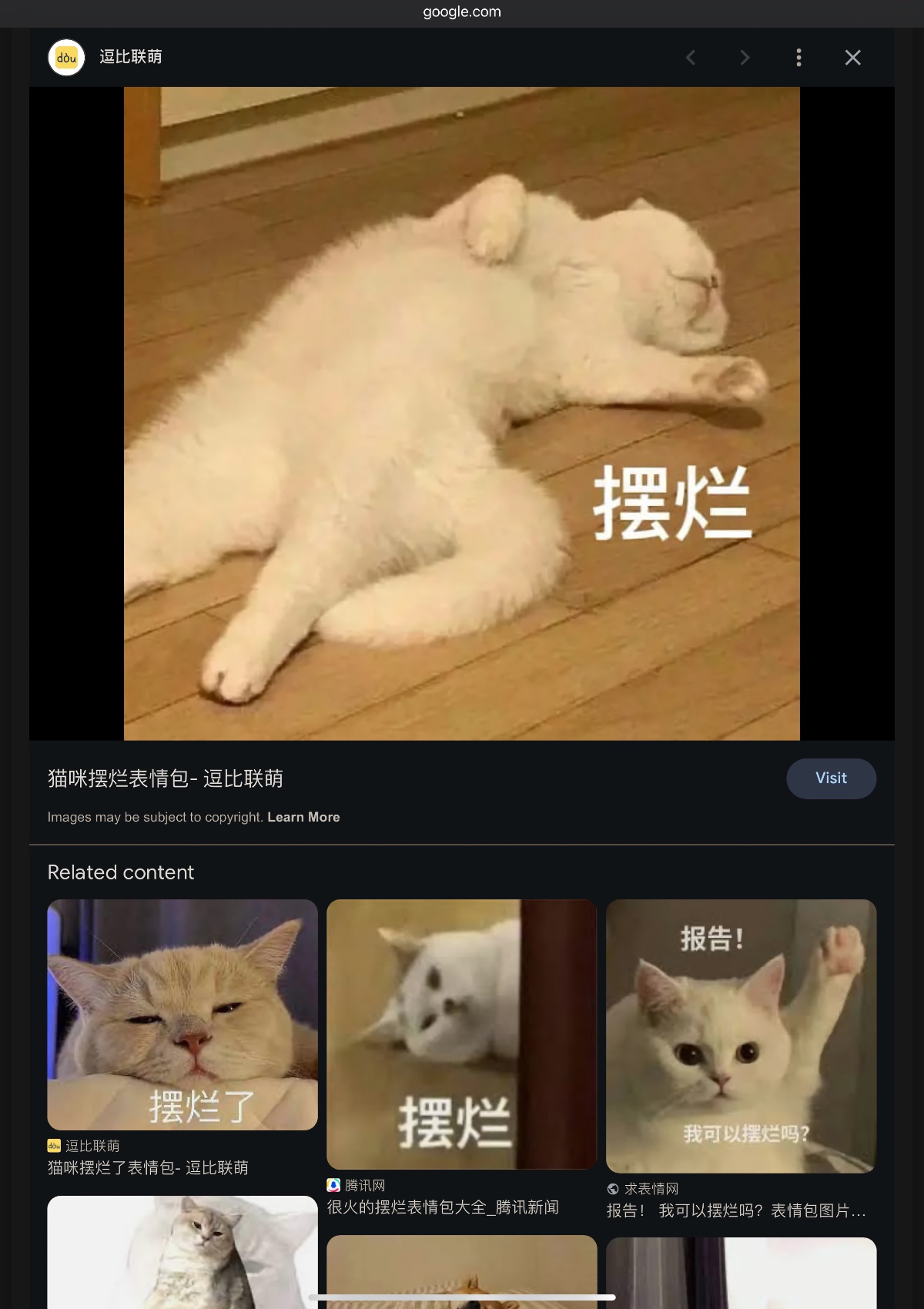fā
({send out}
发
發)
yǔyīn
(yǔ·yīn
{language → [speech]} · sounds → [voice message]
语音
語音)
← Tap/click to show/hide the “flashcard”
While doing research for the MEotW post on “tíbǐ (tí·bǐ {carry (hanging down from the hand) → [raise; lift]} · pen; pencil; {writing brush} [→ [start writing; write]] 提笔 提筆)‐wàng (forget 忘)‐zì (character 字)”, I came across the web article “Why is character amnesia in China considered problematic?”. One of the points it makes involves this week’s MEotW, “fā ({send out} 发 發) yǔyīn (yǔ·yīn {language → [speech]} · sounds → [voice message] 语音 語音)” (send voice message):
Another feature that has gained huge popularity in China recently is that of ‘sending voice messages’ (发语音, fā yǔyīn). Chinese Whatsapp equivalent ‘WeChat’ was the first in the world to introduce this feature in its app. Social media research by University College London has shown that Chinese WeChat users find voice messaging convenient because it eliminates the need to text. Informants have reported that sending written messages always takes more time, and that inputting Chinese characters was a struggle (Wang & McDonald, 2013). With voice messaging, or even with pinyin input, people do not need to memorize the exact order of each stroke of a character when typing a text. They can just rely on knowing the pronunciation and recognizing the character. The prevalence of typing and texting on cellular devices has been correlated to reduced active-character knowledge by Chinese natives, leading to the tibiwangzi-phenomenon (Williams, 2016).
Sending, Language, Sounds
The “fā ({send out}; issue; emit [→ [deliver | utter; express | become rich]] 发 發)” in “fā ({send out} 发 發) yǔyīn (yǔ·yīn {language → [speech]} · sounds → [voice message] 语音 語音)” literally means “send out; issue; emit”, and it can also be used to mean various things such as “deliver”, “utter; express”, and “become rich”. With such a variety of meanings, it shows up in various expressions, such as:
- fāchū (fā·chū issue; send; emit · out 发出 發出)
- fāchòu (fā·chòu emit · {being stinking} → [smell bad; stink] 发臭 發臭)
- fāshēng (fā·shēng {issue forth} · {come to life} → [happen] 发生 發生)
- fācái (fā·cái {issue forth} · wealth; riches → [get rich; make a fortune] 发财 發財) (“Fā ({issue forth (riches)} → [become rich] 发 發)” used on its own to mean “become rich” is probably an abbreviation of this expression.)
- fāyīn (fā·yīn {sending out; issuing → [uttering] [of]} · sound → [pronouncing/articulating/enunciating | pronunciation; articulation; enunciation] 发音 發音)
- etc.
The “yǔ (language; speech; tongue | saying; proverb | words; expression | speak; say 语 語)” in “fā ({send out} 发 發) yǔyīn (yǔ·yīn {language → [speech]} · sounds → [voice message] 语音 語音)” basically means “language”. It can also particularly mean “speech”—according to a basic principle of linguistics, speech is the primary aspect of human language. This “yǔ (language; speech; tongue | saying; proverb | words; expression | speak; say 语 語)” is used in:
- yǔyán (yǔ·yán language; tongue · {(type of) speech} 语言 語言)
- Guóyǔ (Guó·yǔ National · Language → [(Modern Standard) Mandarin (term commonly used in Taiwan)] 国语 國語)
- Hànyǔ (Hàn·yǔ {Han (Chinese)} · Language [→ [(Modern Standard) Mandarin]] 汉语 漢語)
- Hányǔ (Hán·yǔ Korean · Language 韩语 韓語)
- Yīngyǔ (Yīng·yǔ English · Language 英语 英語)
- etc.
(Note that while “Yīngyǔ (Yīng·yǔ English · Language 英语 英語)”, for example, refers to English language speech, “Yīngwén (Yīng·wén English · Writing 英文)” refers, not to English speech, but to English language writing.)
The “yīn (sound [→ [musical note/sound; tone; pronunciation | syllable | news; tidings]] 音)” in “fā ({send out} 发 發) yǔyīn (yǔ·yīn {language → [speech]} · sounds → [voice message] 语音 語音)” basically means “sound”, and it can also be used to mean “musical note/sound”, “tone”, “pronunciation”, “syllable”, and “news; tidings”. It is used in:
- shēngyīn (shēng·yīn sound; voice · sound 声音 聲音)
- yīnyuè (yīn·yuè {(musical) sound} · music → [music] 音乐 音樂)
- Pīnyīn (Pīn·yīn {Piecing Together of} · Sounds → [Pinyin] 拼音)
- Zhùyīn (Zhù·yīn {Annotating of} · Sounds → [Zhuyin] 注音 註/注音)
- Mǎtài (Matthew 马太 馬太) Fúyīn (Fú·yīn Blessings · News 福音)
- etc.
Speech is Natural, Characters, Not So Much
Writing is by now an age-old technology for recording and transmitting human speech. Now, in 2023, audio recording and transmitting technology has been available for a long time that actually allows one to directly hear the recorded speech pretty much as it originally sounded. Additionally, such technology is getting more and more common and accessible, to the point that many are finding that it often is faster and easier to send audio voice messages than to write and send written messages, especially when using as complex and cumbersome a writing system as Chinese characters.
True, in some situations, writing has some advantages over speech, but overall, the linguistic principle remains true that when it comes to human language, speech is primary and writing is secondary. Indeed, if God had meant for us humans to mainly use writing to communicate, then he could easily have designed our bodies with built-in screens that are able to dynamically display writing, like even humans know how to make. Instead, God designed our brains and bodies such that parts of them are specialized for directly understanding and producing speech.
Thus, it is quite natural that people would often take advantage of technology that has become available that allows one to actually hear recorded speech, instead of always settling for the visual abstractions of writing. And, when writing is appropriate, it is similarly relatively natural for people to make use of writing systems like Pīnyīn (Pīn·yīn {Piecing Together of} · Sounds → [Pinyin] 拼音) that are primarily phonetic, that is, focusing on directly representing the sounds of speech.
The National, the Political, the Universal(?), the Individual, the Rituals
On the other hand, rather than naturally reflecting divine wisdom, the attachment of many to Chinese characters instead reflects some human shortcomings. On a national level, the justification that characters are helpful in politically unifying China in spite of it being comprised of groups speaking different languages is yet another example of a human ruling authority prioritizing its own political power and survival over what’s actually good for the people. Besides, there’s actually nothing special about characters when it comes to being usable by people who speak different languages. As John DeFrancis put it in his book The Chinese Language: Fact and Fantasy, in the chapter entitled “The Universality Myth” (p. 159),
Chinese characters used by Asians speaking different languages are no more universal than are Latin letters used by Europeans who also speak different languages.
For example, while it’s true that the character “台” is recognized by both Mandarin-speakers and Cantonese-speakers as meaning “table”, it’s also true that “table”, written in Latin alphabet letters, is recognized by both English-speakers and French-speakers as meaning “table”.
(In China specifically, rather than characters, say, allowing Mandarin-speakers who don’t know Cantonese to understand written-out Cantonese speech, with its unique vocabulary and characters, and vice versa, what has actually happened is that the politically dominant Mandarin-speakers have basically forced speakers of Cantonese, Shanghainese, etc. to learn and use written Mandarin instead of actual written Cantonese, Shanghainese, etc.)
On a more individual level, many who are attached to characters show that they cling to what is old and familiar, even if it is problematic, instead of reaching out for and embracing positive change and progress. Also, many who cling to characters and the intricate procedures required to handwrite them show that they prioritize traditions, rituals, and procedures over what really brings better results. As Jesus said, though, “wisdom is proved righteous by its works”, not by its traditions, rituals, and procedures.—Matthew 11:19.

